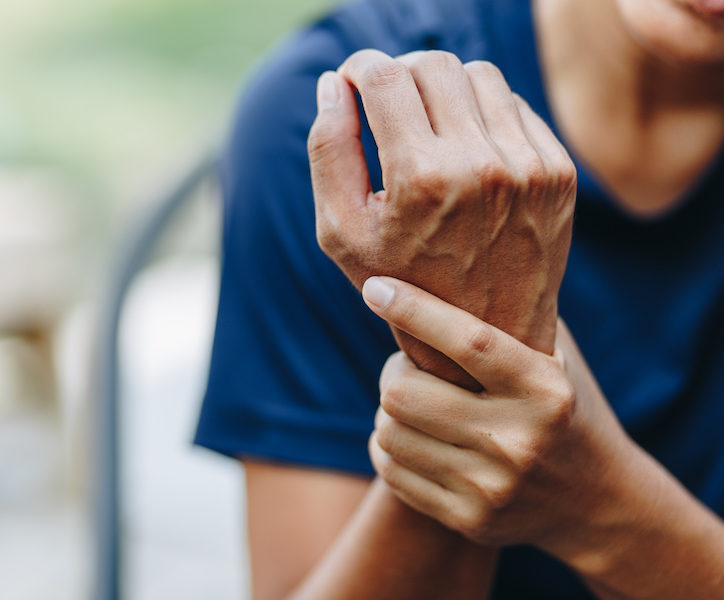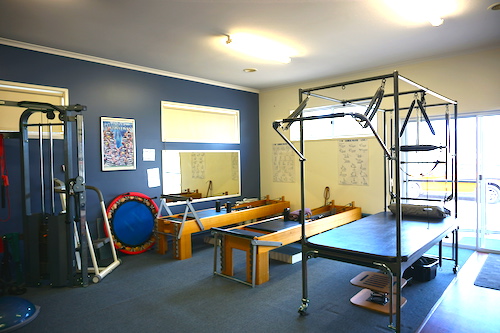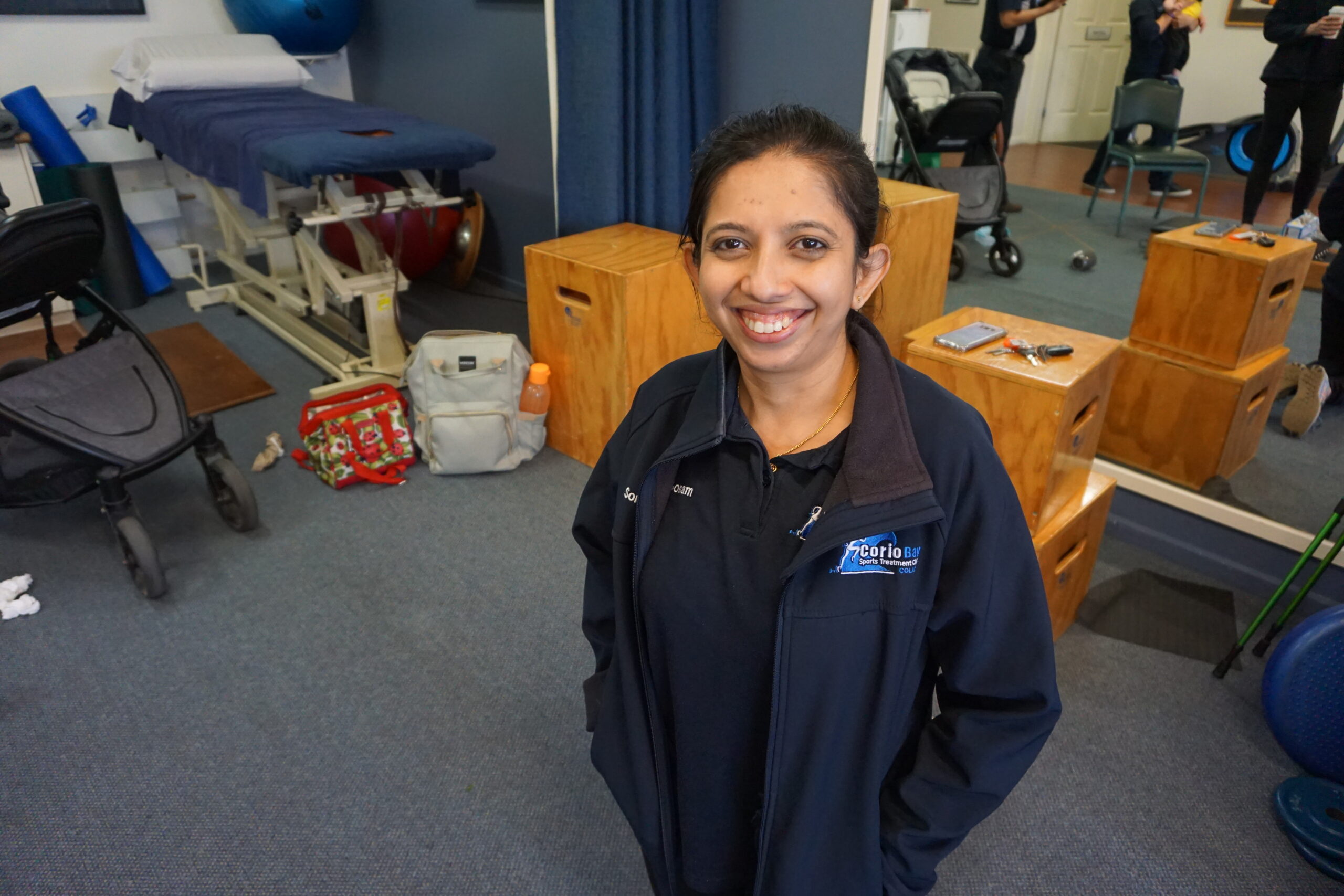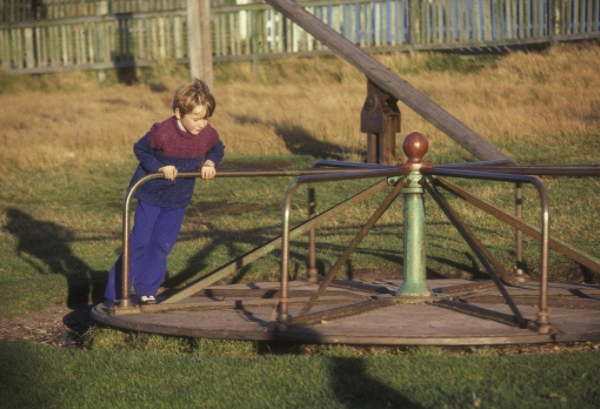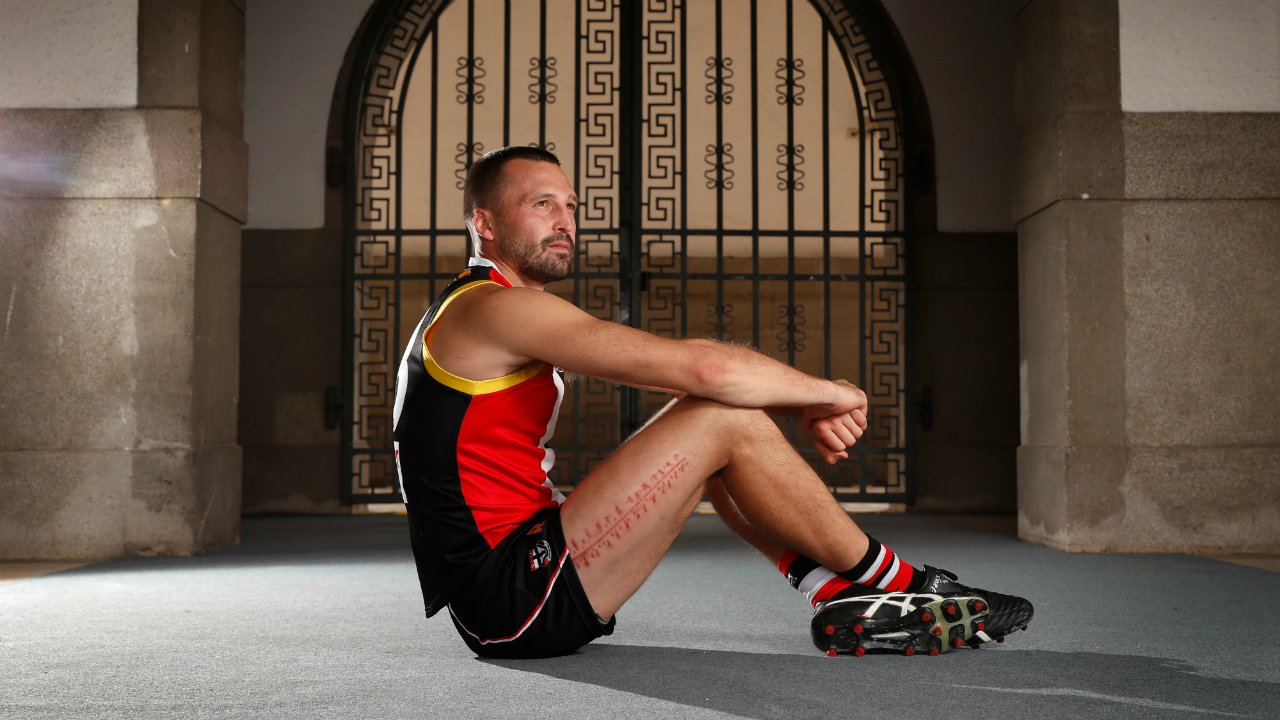
Corkys – take them seriously
There has been some fairly graphic pictures doing the rounds on social media of Jarryn Geary’s right thigh. He suffered a contusion injury in St. Kilda’s Round 5 match against Melbourne in what appeared to be quite an innocuous incident. The extent of the bleeding following this knock to the thigh reportedly required 3 lots of surgery to reduce the pressure within the muscle compartment followed by 30 stitches and 19 staples.
If you are faint of heart or easily upset by the sight of blood, PLEASE DO NOT SEARCH FOR THE IMAGE. It’s disgusting.
What this incident does highlight is that contusion injuries, or corkys as most of us refer to them, can occasionally be much more serious than we think and there can be serious consequences if they are not managed properly.
A contusion injury results from a direct blow to the soft tissue, usually a blunt force trauma such as an opponent’s knee knocking heavily into the leg of opponent. This force is sufficient to cause damage to blood vessels and other soft tissue, leading to bleeding. This in turn leads to inflammation, swelling, pain and of course a loss of function of the muscle involved in the injury.
The goals of the early management of a contusion injury are to restrict the amount of bleeding occurs and therefore the inflammation and pain. The acronym RICER is often used in the acute management of any soft tissue injury.
Rest – Stop activity. The more you run, the more bleeding is likely to occur.
Ice – Use ice on the injured body part. 20 minutes every 2 hours for the first 72 hours.
Compression – Tubigrip or compression bandages are effective at managing acute swelling.
Elevation – This means resting with the injured body part above the level of the heart.
Referral – To a Physiotherapist or Doctor for ongoing management.
The other acronym that doesn’t seem to get as much coverage is NO HARM
NO Heat, Alcohol, Running (activity) or Massage within the first 48-72 hours. All of these things have the potential to make the bleeding worse in the initial phase of healing. It is important however once the initial bleeding is well managed to gradually get back into some activity to exercise the injured body part. Using the muscle once the bleeding has settled is an important part of recovery. Encouraging the muscle to work helps to “pump” bruising and other inflammatory tissue away from the muscle compartment and avoid further complications.
As demonstrated by the Jarryn Gear case, there is definitely the potential for significant consequences if the amount of bleeding is more than initially thought or if initial management is poor. If the bleeding is too severe or uncontrolled it can lead to an increase in pressure with a muscle compartment and start to constrict other undamaged blood vessels or nerves with that compartment. This is called Compartment Syndrome and may require urgent attention. The procedure performed on Jarryn Geary is an example of a fasciotomy or fasciectomy. Basically, the thin layer of connective tissue that holds the muscles together is sliced open to relieve the pressure and prevent further damage to the vessels.
Another potential consequence of a corky is something called Myositis Ossificans. This is when the bleeding and inflammatory tissue caused by the injury starts to turn into bone, rather than being reabsorbed by the body. These unwanted bony growths interfere with the action of the muscle and impact heavily on performance. Often they will slowly resolve themselves, but sometimes they can be so big and so persistent that they become permanent. They then require surgery to have them removed.
So the point of this blog is simple – take your corky seriously and manage it well early on so that you avoid these types of complications and get back to your best as soon as possible.
At Corio Bay Sports Treatment Clinic we are well qualified and equipped to help diagnose and treat these types of injuries and get you back to performing at your best as soon as possible.
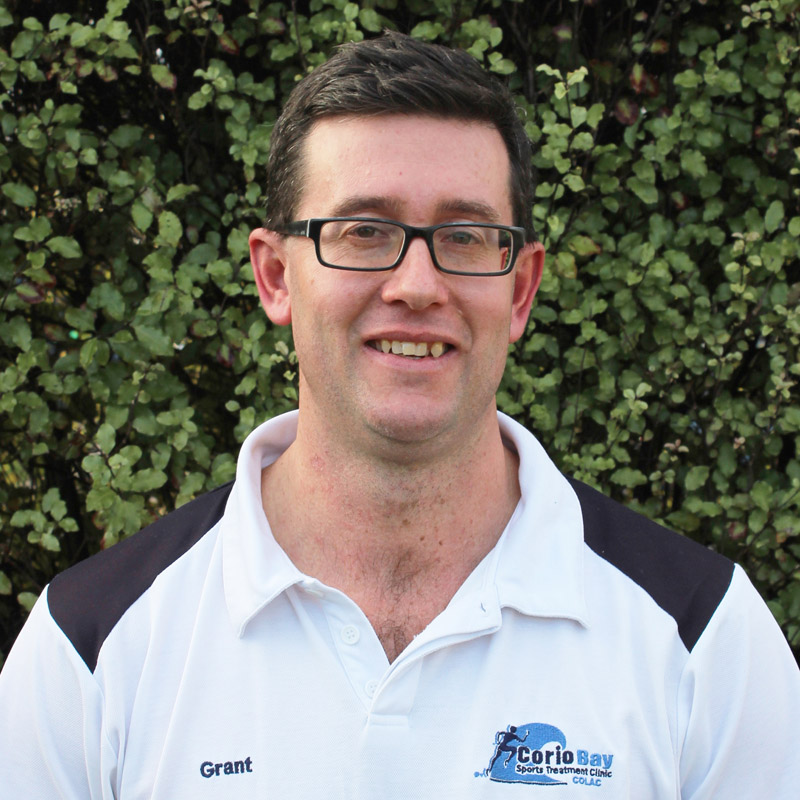
About The Author
Grant Brauer
Physiotherapist
Grant has been a physiotherapist in our clinic since 2012 and has returned to Colac to live with his beautiful wife Jess and sons Alex and Josh. Grant initially took great interest in Physiotherapy when receiving treatment for a back injury sustained whilst playing Cricket which was a major passion in his younger years. This lead him to a degree as a mature aged student and he continues to fuel the passion for excellence and is currently completing his post graduate studies in sports physiotherapy. Grant is an accredited cricket coach and is also Pilates trained giving him expertise in sporting biomechanics and strength requirements for both athletes and the general public.





